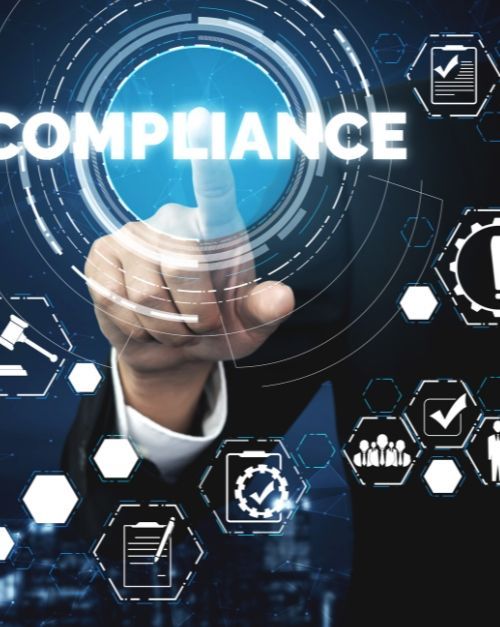Article
Key Manufacturing Technology Predictions and Challenges for 2025
Navigating Industry 4.0 with Robotics, AI, IoT, and Blockchain
As the manufacturing sector enters 2025, it stands on the brink of a transformative era shaped by cutting-edge technologies like robotics, artificial intelligence (AI), the Internet of Things (IoT), and blockchain. This shift, often dubbed "Industry 4.0," is driving operational efficiency, improving quality, and fostering flexibility across production processes. However, alongside these opportunities lie significant challenges, including a widening skills gap, labor shortages, and cybersecurity risks. Here are the key predictions and challenges defining manufacturing in 2025.
Key Predictions for Manufacturing in 2025
1. Economic Recovery and Increased Capital Investment
Economic recovery, coupled with declining interest rates, is expected to boost manufacturing. This resurgence will encourage greater capital expenditure on technology and infrastructure upgrades. According to reports from the WorldEconomic Forum (WEF), manufacturers are likely to prioritize investments that enhance sustainability and productivity.
2. Robotics and Automation Revolution
Robots and automation will play an even larger role in manufacturing, especially collaborative robots (cobots) working alongside humans. The International Federation of Robotics (IFR) forecasts a surge in autonomous mobile robots (AMRs), optimizing workflows and reducing manual labor dependence.
3. Adoption of Smart Manufacturing Technologies
Smart factories, integrating AI and IoT, will enable manufacturers to achieve unprecedented levels of efficiency. The National Institute of Standards and Technology (NIST) highlights that intelligent control systems will help manufacturers adapt to market demands faster by leveraging real-time data analytics.
4. Blockchain for Supply Chain Transparency
Blockchain technology is predicted to transform supply chain dynamics by providing secure, transparent, and tamper-proof records. The United Nations Industrial Development Organization (UNIDO) emphasizes its role in verifying authenticity and ensuring compliance across supply chains.
5. Big Data for Predictive Maintenance and Market Insights
Manufacturers will increasingly leverage big data analytics to improve predictive maintenance and gain insights into consumer preferences. According to the Global Manufacturing and Industrialization Summit (GMIS), this data-driven approach will enable manufacturers to minimize downtime and optimize production.
Key Challenges Facing Manufacturers in 2025
1. Skills Gap and Workforce Development
The need for a digitally skilled workforce will intensify as advanced technologies become integral to manufacturing. Reports from the World Economic Forum (WEF) indicate that 44% of workforce skills will need updating within five years, urging manufacturers to prioritize training and development programs.
2. Supply Chain Resilience
Global supply chains remain vulnerable to disruptions, as highlighted by the OECD. Manufacturers must adopt dual-sourcing strategies and improve transparency to mitigate risks from geopolitical tensions and environmental challenges.
3. Cybersecurity Risks in Connected Ecosystems
With IoT devices and cloud-based systems becoming ubiquitous, cybersecurity risks have grown exponentially. The European Union Agency for Cybersecurity (ENISA) advises manufacturers to adopt Zero Trust architectures and robust cybersecurity protocols to protect their interconnected operations.
4. Financial Constraints
The costs of digital transformation remain high. Non-profits like the Manufacturing Leadership Council (MLC) stress the importance of aligning technology investments with business objectives to maximize ROI while managing budget limitations.
The Role of AI in Manufacturing
Agentic AI for Autonomous Decision-Making
Agentic AI, which enables autonomous decision-making, is set to revolutionize manufacturing by optimizing production in real-time. According to NIST, this technology will be critical in managing dynamic environments like supply chains and IoT networks.
Generative AI for Design and Maintenance
Generative AI will enhance product design and predictive maintenance by simulating scenarios and identifying inefficiencies before they impact operations. This technology is anticipated to become a cornerstone for manufacturers seeking innovation.
Future Outlook
As manufacturers navigate the complexities of 2025, those embracing advanced technologies and addressing workforce challenges will lead the industry's transformation. Collaborative efforts between manufacturers, governments, and non-profit organizations will be essential to build resilient, innovative, and sustainable manufacturing ecosystems.







